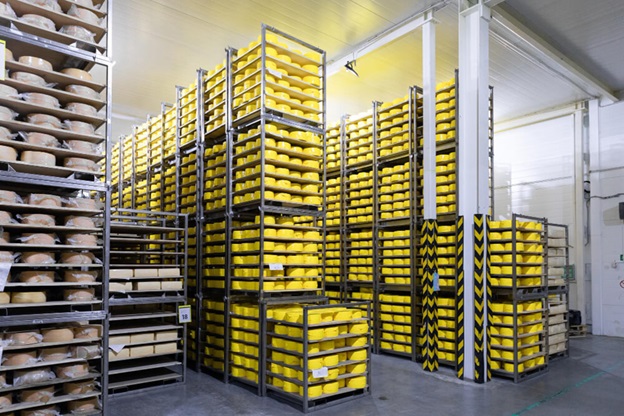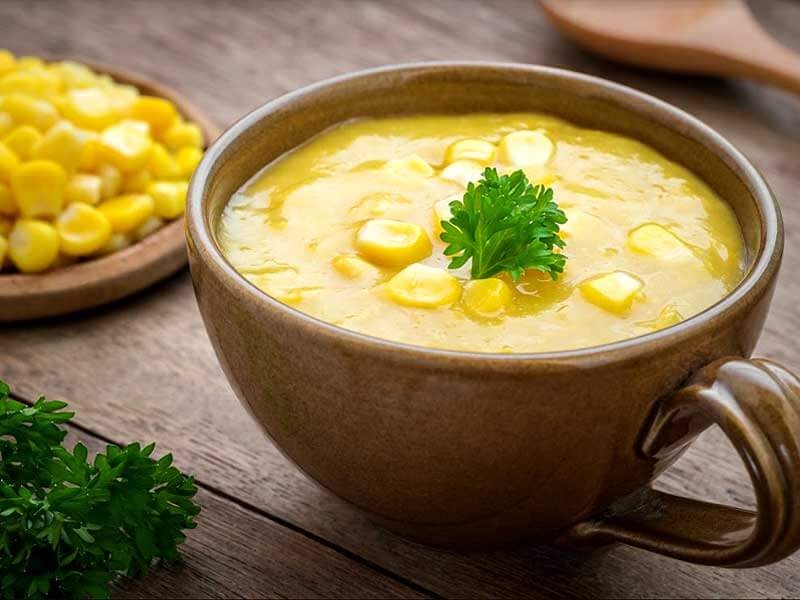Cold rooms are essential for preserving a wide variety of food products, ranging from fresh produce to frozen meats. Designing an efficient food cold room requires careful consideration of several factors to optimize energy use, space, and temperature control.
Below are some key design considerations to ensure an efficient food cold room.
1. Temperature Control and Range
Different food products require different temperature ranges, which must be carefully maintained:
- Fresh produce: Typically requires temperatures between 1°C to 4°C.
- Meat and poultry: Generally stored at -1°C to 2°C.
- Frozen foods: Require temperatures of -18°C or lower.
The cold room design must accommodate these specific temperature needs, with advanced temperature control systems to monitor and adjust the room’s environment as required. Using temperature sensors and controllers can help in maintaining consistency and preventing temperature fluctuations that could compromise food safety.
2. Insulation
Proper insulation is critical for maintaining the desired temperatures within the cold room. High-quality insulation materials help reduce the amount of energy needed to maintain cold conditions and prevent temperature fluctuations.
Typically, cold rooms use polyurethane foam, PIR, or expanded polystyrene (EPS) for insulation. The thickness of the cold room insulation panel should be determined based on the external climate and the specific requirements of the cold storage space.
In addition to wall insulation, the floor and ceiling should also be insulated. Cold room floors must be designed to withstand heavy traffic and should have seamless finishes to prevent the accumulation of dirt and moisture, which can compromise cleanliness and food safety.
3. Ventilation and Airflow
Proper ventilation and airflow are essential for preventing the buildup of excess moisture and ensuring that air circulates evenly throughout the cold room. A well-designed cold room will have strategically placed fans and vents to ensure consistent airflow, which helps to maintain uniform temperature distribution.
Improper airflow can lead to temperature inconsistencies, causing some areas of the cold room to become warmer than others. Additionally, poor ventilation can result in moisture accumulation, which can lead to the growth of mold, bacteria, and spoilage.
4. Energy Efficiency
Energy consumption is one of the biggest operational costs in managing a food cold room. An efficient design minimizes energy usage while maintaining optimal temperature control. Some strategies to enhance energy efficiency include:
- High-efficiency refrigeration systems: Invest in modern refrigeration units with energy-saving features such as variable speed compressors and smart defrost systems.
- LED lighting: LED lights use less energy than traditional lighting, generate less heat, and have a longer lifespan, making them ideal for cold storage environments.
- Energy recovery systems: These systems can capture and reuse waste heat from the refrigeration system to provide heating for other parts of the facility, such as offices or restrooms.
5. Storage Racking and Layout
Maximizing the storage capacity and accessibility of a cold room is essential for maintaining efficiency. The layout and design of the room should allow for the optimal flow of products in and out while ensuring that the items are easy to access for inventory management.
Considerations for the racking system include:
- Adjustable shelving: This allows for flexibility in accommodating different types and sizes of food products.
- Vertical storage: Using the full height of the cold room can maximize storage capacity.
- Mobile shelving: For larger cold rooms, mobile shelving units can be used to optimize space and increase accessibility.
The layout should also take into account the necessary food safety practices. Items should be stored in a way that reduces the risk of cross-contamination, with raw and cooked products placed in separate areas.
6. Door and Access Systems
The cold room door is another critical component of the design. It should be airtight to maintain the internal temperature and prevent energy loss. Insulated doors with good sealing properties help minimize temperature fluctuations and improve energy efficiency.
Automatic doors or sliding doors are often preferable to manual doors as they minimize the time the door is open, reducing the amount of cold air lost during access. The design should also consider accessibility; cold rooms should be designed to accommodate different types of food storage equipment, such as trolleys, forklifts, and pallets, for easy movement of goods.
7. Safety and Compliance
Food cold rooms must comply with local regulations and industry standards to ensure food safety and employee well-being. Compliance with standards set by organizations such as the FDA, HACCP (Hazard Analysis Critical Control Point), and ISO is essential for ensuring proper food storage and sanitation.
Cold room designs should also include safety features such as:
- Emergency exits: Clear and accessible exits in case of emergencies.
- Alarm systems: Alerts for temperature fluctuations or system malfunctions.
- Safety signage: Clear markings for safety instructions and temperature ranges.
8. Maintenance and Monitoring Systems
Regular maintenance is key to the longevity and efficiency of a cold room. Implementing remote monitoring systems that provide real-time data on temperature, humidity, and equipment performance can help identify problems early and reduce downtime.
Additionally, having a routine maintenance schedule for cleaning, inspecting refrigeration units, and replacing worn-out parts is critical for ensuring the cold room remains efficient and compliant with safety standards.

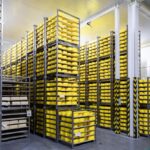 Key Design Considerations for an Efficient Food Cold Room
Key Design Considerations for an Efficient Food Cold Room  A Thoughtful Guide to Wine Gifting for Mother’s Day and Beyond
A Thoughtful Guide to Wine Gifting for Mother’s Day and Beyond 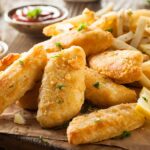 How to Deep Fry Without a Deep Fryer Basket: Alternatives
How to Deep Fry Without a Deep Fryer Basket: Alternatives  Delicious Ways Pizza Drives Children to Achieve Success
Delicious Ways Pizza Drives Children to Achieve Success  Elevating Retail Offerings with Weaver Nut Company’s Premier Candy Solutions
Elevating Retail Offerings with Weaver Nut Company’s Premier Candy Solutions 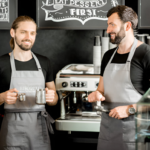 Discovering the Differences Between Light and Dark Roasts
Discovering the Differences Between Light and Dark Roasts 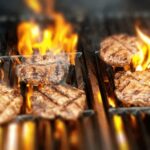 Exploring Different Types of Latin-Style Barbecues
Exploring Different Types of Latin-Style Barbecues 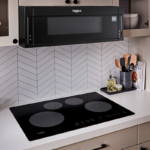 What are the Benefits of Using a Narrow Electric Cooktop in a Small or Compact Kitchen?
What are the Benefits of Using a Narrow Electric Cooktop in a Small or Compact Kitchen? 